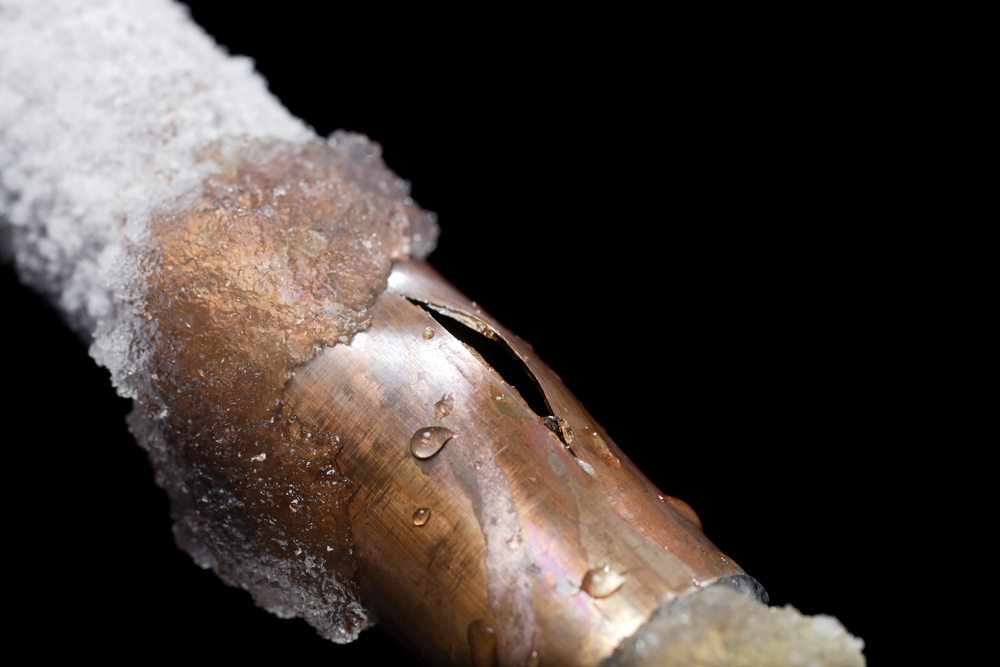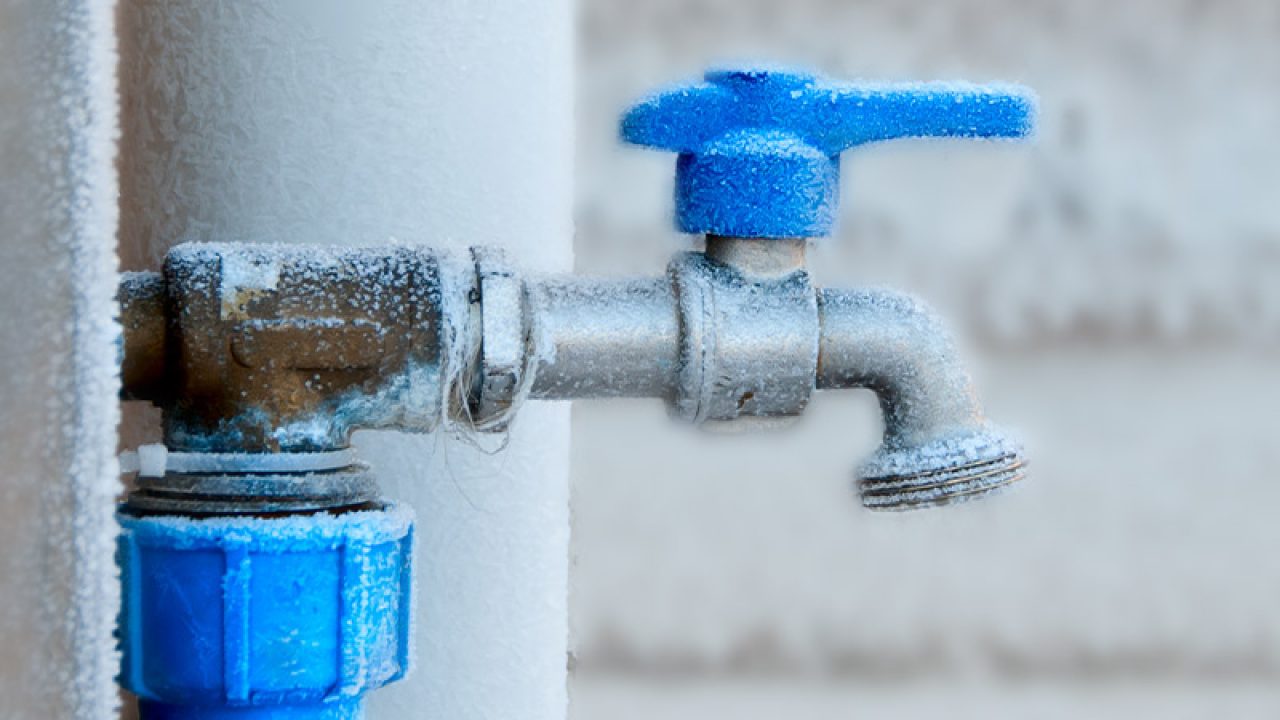Important Tips to Avoid Frozen Pipes in Cold Weather
Important Tips to Avoid Frozen Pipes in Cold Weather
Blog Article
What are your thoughts and feelings about Prevent Frozen Pipes ?

Winter can wreak havoc on your plumbing, especially by freezing pipelines. Right here's exactly how to prevent it from happening and what to do if it does.
Introduction
As temperatures drop, the threat of icy pipes rises, possibly leading to costly repairs and water damages. Recognizing just how to avoid frozen pipelines is crucial for home owners in chilly climates.
Avoidance Tips
Protecting susceptible pipelines
Wrap pipelines in insulation sleeves or utilize warmth tape to secure them from freezing temperatures. Concentrate on pipelines in unheated or outside locations of the home.
Heating methods
Maintain interior rooms sufficiently warmed, particularly locations with pipes. Open cupboard doors to enable cozy air to circulate around pipes under sinks.
Exactly how to recognize icy pipelines
Look for decreased water flow from faucets, unusual smells or sounds from pipelines, and noticeable frost on subjected pipelines.
Long-Term Solutions
Architectural modifications
Take into consideration rerouting pipelines far from exterior walls or unheated areas. Add added insulation to attic rooms, basements, and crawl spaces.
Updating insulation
Purchase top notch insulation for pipelines, attic rooms, and wall surfaces. Proper insulation aids preserve regular temperatures and decreases the risk of icy pipelines.
Safeguarding Outdoor Pipes
Garden hoses and outside faucets
Separate and drain yard hose pipes prior to wintertime. Install frost-proof spigots or cover exterior faucets with shielded caps.
Understanding Icy Pipelines
What causes pipelines to ice up?
Pipes ice up when revealed to temperatures below 32 ° F (0 ° C) for expanded durations. As water inside the pipes freezes, it broadens, taxing the pipeline wall surfaces and potentially causing them to burst.
Dangers and damages
Frozen pipes can cause water disruptions, home damages, and costly repair services. Burst pipes can flood homes and create considerable architectural damages.
Indications of Frozen Pipeline
Identifying icy pipes early can prevent them from breaking.
What to Do If Your Pipelines Freeze
Immediate actions to take
If you suspect icy pipes, maintain faucets open to soothe pressure as the ice thaws. Utilize a hairdryer or towels taken in hot water to thaw pipes slowly.
Final thought
Stopping icy pipes needs proactive actions and fast responses. By comprehending the reasons, signs, and safety nets, homeowners can safeguard their pipes throughout cold weather.
5 Ways to Prevent Frozen Pipes
Drain Outdoor Faucets and Disconnect Hoses
First, close the shut-off valve that controls the flow of water in the pipe to your outdoor faucet. Then, head outside to disconnect and drain your hose and open the outdoor faucet to allow the water to completely drain out of the line. Turn off the faucet when done. Finally, head back to the shut-off valve and drain the remaining water inside the pipe into a bucket or container. Additionally, if you have a home irrigation system, you should consider hiring an expert to clear the system of water each year.
Insulate Pipes
One of the best and most cost-effective methods for preventing frozen water pipes is to wrap your pipes with insulation. This is especially important for areas in your home that aren’t exposed to heat, such as an attic. We suggest using foam sleeves, which can typically be found at your local hardware store.
Keep Heat Running at 65
Your pipes are located inside your walls, and the temperature there is much colder than the rest of the house. To prevent your pipes from freezing, The Insurance Information Institute suggests that you keep your home heated to at least 65 degrees, even when traveling. You may want to invest in smart devices that can keep an eye on the temperature in your home while you’re away.
Leave Water Dripping
Moving water — even a small trickle — can prevent ice from forming inside your pipes. When freezing temps are imminent, start a drip of water from all faucets that serve exposed pipes. Leaving a few faucets running will also help relieve pressure inside the pipes and help prevent a rupture if the water inside freezes.
Open Cupboard Doors
Warm your kitchen and bathroom pipes by opening cupboards and vanities. You should also leave your interior doors ajar to help warm air circulate evenly throughout your home.

I discovered that entry about 6 Ways to Prevent Frozen Pipes when looking around the internet. Those who enjoyed our blog posting plz be sure to share it. Thank you for being here. Kindly visit our website back soon.
Schedule Estimate Report this page